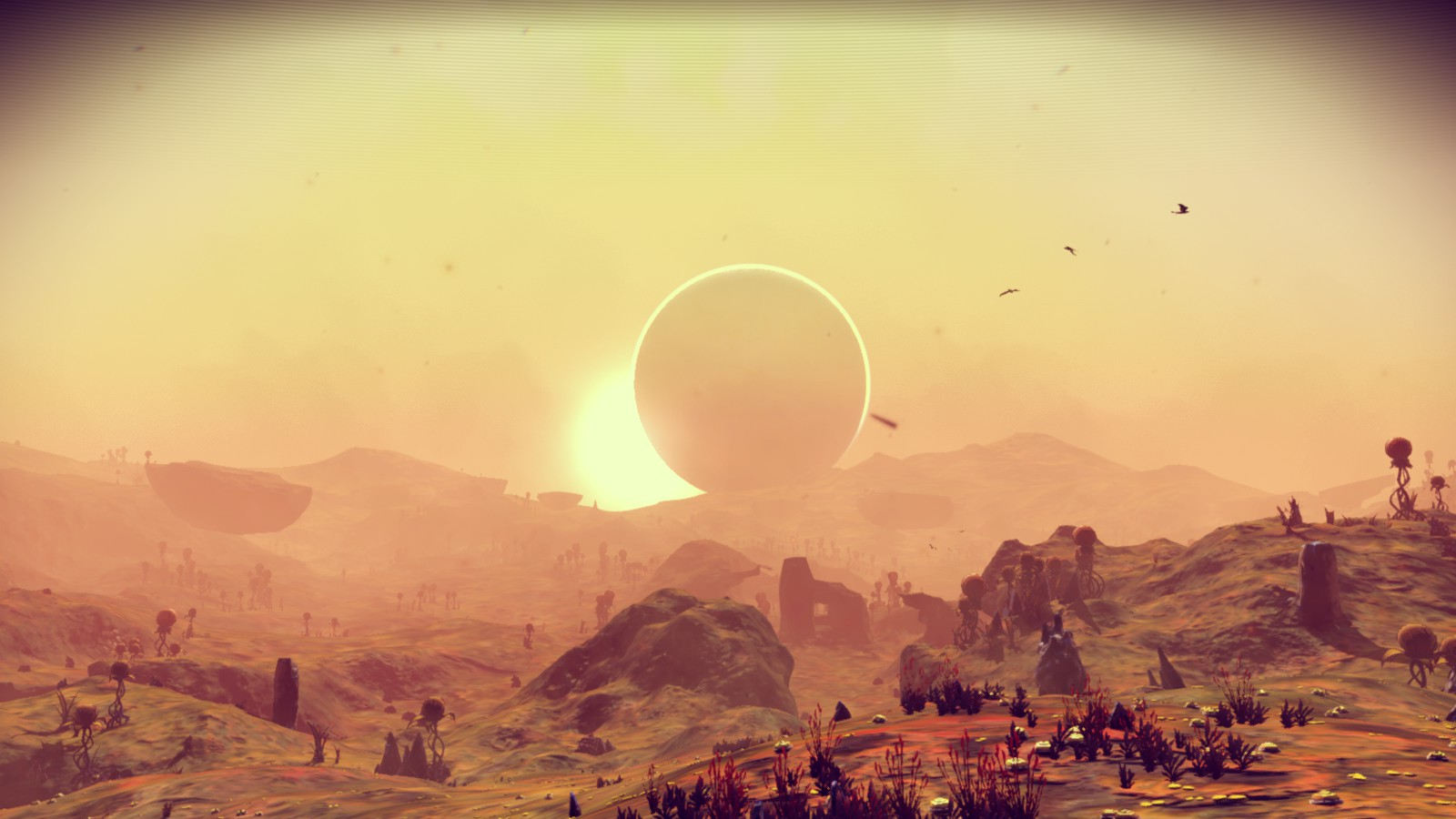“I glided with wingless flight over the surface of the planet, through glades, across tracts of fractured rock, along the banks of streams. Presently I came to a wide region covered by neat, parallel rows of fern-like plants, bearing masses of nuts on the lower surfaces of their leaves. It was almost impossible to believe that this vegetable regimentation had not been intelligently planned.”
Olaf Stapledon, Star Maker, 1937
It is regularly assumed that space exploration will expand our understanding of life on earth. But the opposite could equally be true. Central to the field of astrobiology is the detection of life in places it is least likely to exist. By studying deserts, deep sea vents, polar regions, and acid lakes on earth for biosignatures we may have missed, we improve our chances of recognising life elsewhere. Perhaps we are already tangled within processes we cannot see or understand – as in the theory of a shadow biosphere intrinsic or extrinsic to our own.
Transforming the landscape to make food is one way in which nature becomes knowable: shaped, tasted, and assimilated as both energy and information. When food is represented off-planet in promotional materials or science fiction, it is often tasked with the role of “placing outer space” on our behalf, reducing alienation in a context that is alien by default. This burden of familiarisation mirrors the way that we seek comfort from the foods we eat each day. An unremarkable product might take on a new significance on a long trip away from home, just as a culturally specific dish might signal safety and continuity in ways that others do not.
Metabolism is the most basic function performed by all life. The first time life moved on earth, it most likely moved towards food, "feeling" out the energy it needed to replicate and survive. But unlike unicellular organisms, humans have been cursed with brains that are far bigger than our bellies. In our experience of it, food comes with a generous side order of emotional and symbolic baggage, attachments we may struggle to relinquish even as they make us sick.
The pathologies of the existing food system are well known. We cut down trees to graze cattle and let nitrogen fertilisers suffocate the sea. We cook the planet in order to feed ourselves, and the planet in turn is cooking us. Yet the solutions favoured by both right and left argue that food must be a channel back towards a balance we innately know has been thrown off. This gut reflex is visible in the supermarket aisles but it has also made its presence known in outer space.
